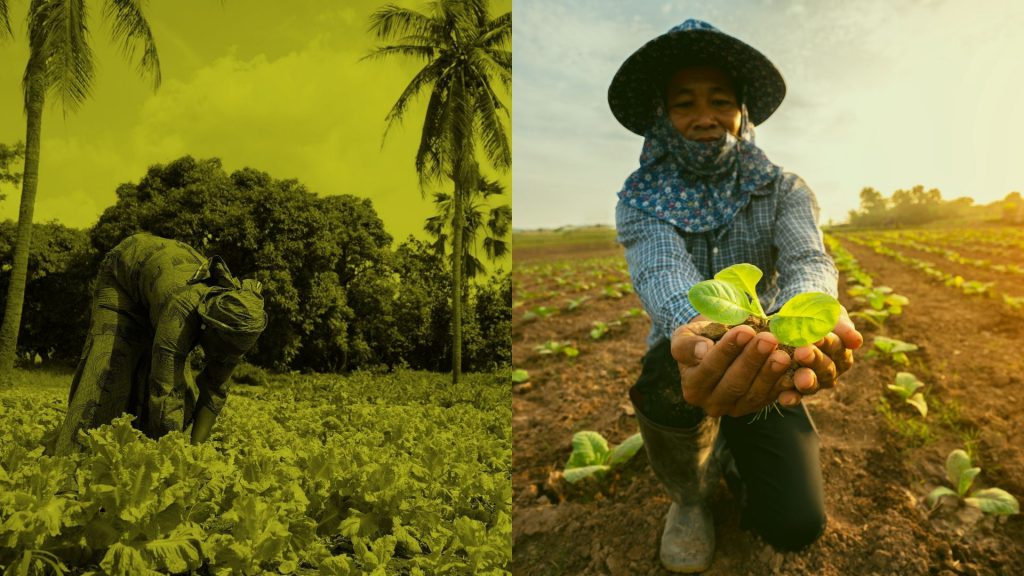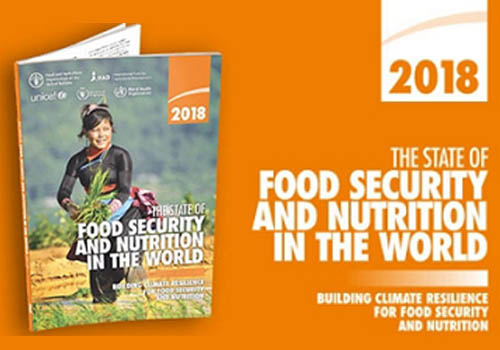Hunger is on the rise, according to the United Nations. In 2017, the number of undernourished people is estimated to have reached 821 million – around one person out of every nine in the world. Undernourishment and severe food insecurity appear to be increasing in almost all subregions of Africa, as well as in South America, whereas the fight against malnutrition has come to a standstill in Asia.
Earlier gains made in ending hunger and malnutrition are being eroded by climate variability and exposure to more complex, frequent and intense climate extremes. Hunger is significantly worse in countries with agricultural systems that are highly sensitive to rainfall and temperature variability and severe drought, and where the livelihood of a high proportion of the population depends on agriculture.
The UN agencies warn: “If we are to achieve a world without hunger and malnutrition in all its forms by 2030, it is imperative that we accelerate and scale up actions to strengthen the resilience and adaptive capacity of food systems and people’s livelihoods in response to climate variability and extremes.”
One of the measures put forward by the UN is improving access to improved varieties for farmers working in these regions. Shifting to drought-tolerant crops and fast-maturing varieties can help farmers data to changing rainfall patterns and shorter growing seasons.
According to the UN, plant breeding approaches, specifically designed to fit the local environment have been “proven successful in reducing vulnerabilities of small-scale farmers by improving crop yields as well as increasing crop resilience to drought and other stressful events”
Link to full report




